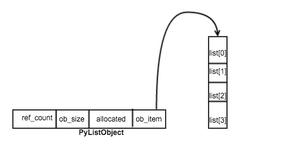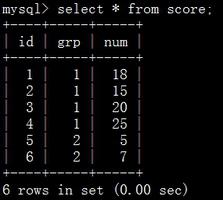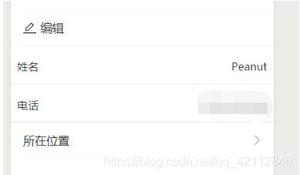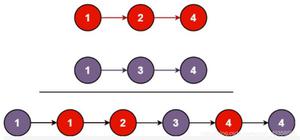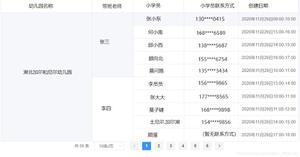程序查找python单词列表中存在的子序列数
假设我们有一个单词列表和一个字符串s,我们必须在单词列表中找到作为s的子序列的字符串数。
因此,如果输入像单词= [“ xz”,“ xw”,“ y”] s =“ xyz”,则输出将为2,因为“ xz”和“ y”是“ xyz”的子序列。
为了解决这个问题,我们将遵循以下步骤-
回答:= 0
d:=一个空的映射
对于单词中的每个单词,
在d [word [0]]的末尾插入单词
对于s中的每个c
如果单词的大小为1,则
除此以外,
回答:=回答+1
在d [word [1]]的末尾插入word [从索引1到末尾]的子字符串
l:= d [c]
d [c]:=一个新列表
对于l中的每个字,
返回ans
让我们看下面的实现以更好地理解-
例
from collections import defaultdictclass Solution:
def solve(self, words, s):
ans = 0
d = defaultdict(list)
for word in words:
d[word[0]].append(word)
for c in s:
l = d[c]
d[c] = []
for word in l:
if len(word) == 1:
ans += 1
else:
d[word[1]].append(word[1:])
return ans
ob = Solution()words = ["xz", "xw", "y"]
s = "xyz"
print(ob.solve(words, s))
输入值
["xz", "xw", "y"], "xyz"
输出结果
2
以上是 程序查找python单词列表中存在的子序列数 的全部内容, 来源链接: utcz.com/z/330813.html


